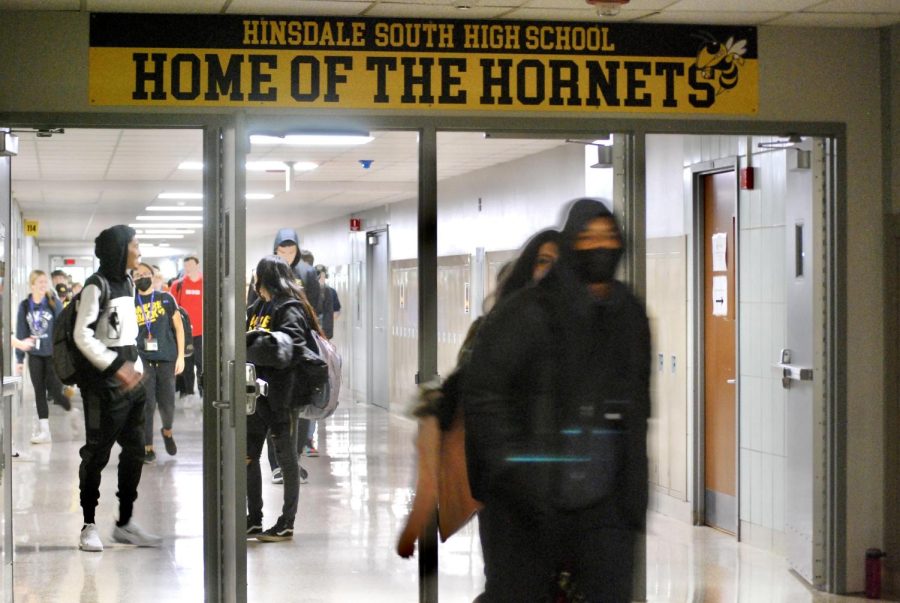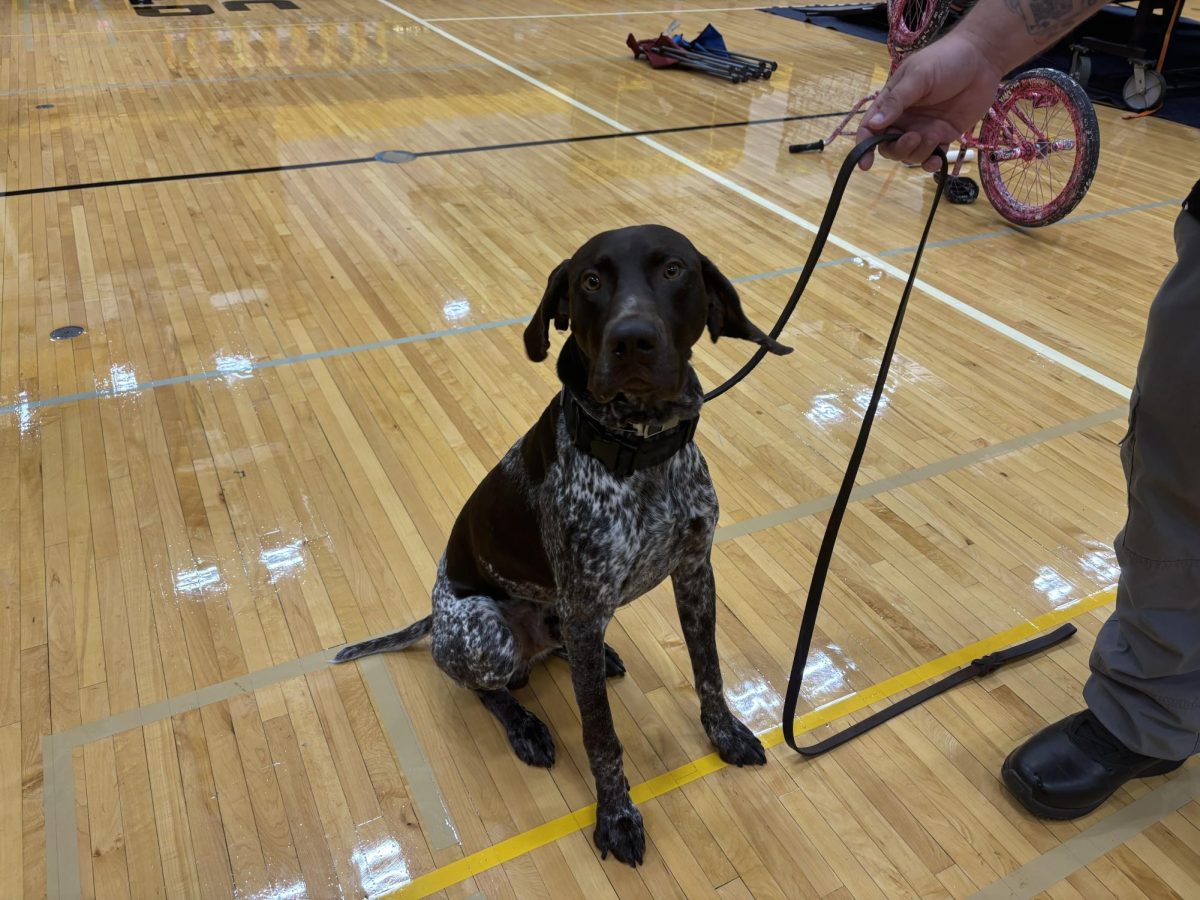Is High School Really Like the Movies?
November 28, 2022
The clock strikes 10:00. 5 more hours. 11:00. 4 more hours. 12:00. Halfway there.
Students glare at the ticking device, dreading its slow, robotic movements.
While high school may be one of the shortest periods of your life, it’s a period in which every second of those 4 years is perceived to be: meticulously analyzed by your peers until you’re nothing more than the dissected frog in your biology class.
Movies taking place at a high school are commonly organized by characters placed into a hierarchy based on their social status. This cast of students is ranked by stereotypical groups that serve to establish the foundation of each fictional school, with each cast abiding by their indicative rules.
The group that typically manages to claim superiority in high school films is one consisting of the football players and so-called popular girls. The ring leader of this popular group for example, the Regina George, is always accompanied by her posse; they all happen to be snarky-air-headed, cheerleaders with flowing Disney princess locks cascading down their backpack-less backs. This can be seen in Mean Girls when “The Plastics” carry nothing but: sometimes a small tote and the occasional coffee throughout their day. Also, let’s not forget that the football captain is always enamored with the head cheerleader.
Though, for some reason, despite patrolling the school like watchdogs, these kids have an IQ of 0. Don’t get me wrong, they surely could take home the gold in a Miss or Mister America pageant, but they’d likely drop out in the first round of a spelling bee. Unless-per usual-they find a loophole giving them the ability to bribe and manipulate the situation in their favor with their lustful appeal and charm.
Katie, a varsity cheerleader, laments how members of her sport are inaccurately depicted as “blonde and dumb” when in reality, a majority of her teammates “are in honors classes and get good grades”. In fact, competitive cheer is just as fatiguing as commonly recognized sports like basketball and football. Often “practices are tough and [they] have to stay at school for like 6 hours”. It’s a sport of determination and most importantly, dedication.
These kids are also identified as the infamous school bullies who believe that popularity is an automatic excuse for physical and mental abuse. This bullying consists of football boys ruthlessly shoving kids into lockers and slyly attaching notes that say things like “Kick Me” to their backs. Then there is the popular girls clique, who (queue the slow-mo camera) do the thing where they whisper to each other while laughing at someone in unison.
Your traditional AP scholars and “future presidents” are labeled as “nerds” who are ostracized for no real reason other than the fact that they are straight-A students with a bright future ahead of them. Stereotypical nerds have a distinct appearance which is often lampooned in caricatures, including: very large glasses-as if eyesight has any correlation to intelligence-, braces, acne, and pants hiked up till their button resides up on their waists. This stereotype is brought to life by famous characters like Velma in Scooby Doo and Brian in The Breakfast Club.
In addition to this absurd hierarchy and character rule set, every weekend the entire school manages to attend a wild party before the neighbors can call the cops. Reckless teenagers with duck-patterned swim shorts fling themselves off balconies into a massive pool. Illegal substances are discarded across the lawn. It’s absolute mayhem and, more importantly, a very rare occasion commercialized in teen movies.
Freshmen Emilijia can speak for most students when saying, “In movies I had this idea that there were going to be parties being hosted every weekend, when in reality, there hasn’t even been a single one for the grade to go to”.
It’s easy to ponder how these student’s still manage, on top of abiding by all the hierarchical rules and attending the weekend parties, getting into the utmost prestigious ivy-league universities. For example, in the Kissing Booth the main love interest, Noah Flynn, very suddenly reveals that he got into Harvard, after never once expressing a profound interest in that school, or anything relating to academics for that matter. This parallels most movie students-who are never actually doing work in school-as everything revolves around popularity, parties, gossiping, and the big game.
“I expected [high school] to be way more free and less school. Not going to lie I thought it was going to be more fun”, Lily Davy shows how widespread films’ portrayal of this stereotypical high school culture is being transformed into a reality in the minds of adolescents, awaiting their true secondary school experience.
Not to mention, it is common that once you enter high school, puberty is expected to hit you like a train, causing you to-seemingly-teleport into the looks of a 25 year old. In an attempt to show off their new appearance, characters dress in elaborate, sophisticated, and sometimes scandalous outfits, routinely that all thoroughly express their character.
In opposition to this belief being casted to teens by movie producers, Sara Saad expresses how students at South are witnessed wearing casual clothes on the daily, such as: “sweatpants and sweatshirt in the winter” and “shorts and t -shirts in the summer and spring”.
A prime example of these stereotypes can be seen in the hit TV series Euphoria, as well as so many other movies and TV shows set in high school.
At least in my subjective experience when attending high school I have never come into any of these obscure and unrealistic situations.
These movies provide-already trembling-freshmen with unrealistic stereotypes that may seem intimidating, but these new students will eventually figure out the invalidity of these interpretations for themselves.








